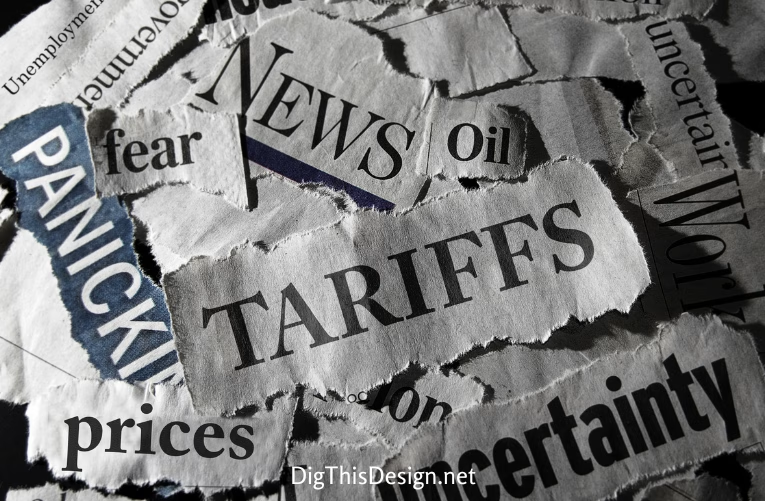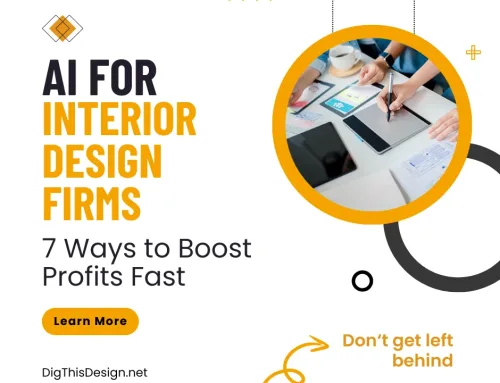In today’s global marketplace, interior designers and design professionals are feeling the impact of economic shifts more than ever. Supply chain disruptions, fluctuating material costs, and increased import fees have left many wondering how to remain competitive without compromising their creative vision. That’s where navigating tariffs effectively becomes essential. Understanding how to adapt to these challenges can help you not only survive but thrive in a changing industry.
Below are five smart ways to manage tariffs and keep your projects on track.
Navigating Tariffs – Tips for Interior Designers

1. Stay Informed on Industry Changes
The first step in navigating tariffs is education. Tariffs can change quickly based on government policies and trade agreements, which means what’s true today may not be accurate next month. Designers who keep up with the latest updates can anticipate challenges rather than being blindsided by them.
Subscribe to industry newsletters, join design associations, and attend webinars that focus on the economic side of the design business. Knowledge allows you to communicate confidently with clients about how tariffs might affect their projects and what proactive measures you’re taking to minimize costs.
2. Source Alternative Materials
When traditional imports become more expensive, creativity can save the day. Navigating tariffs often means thinking beyond your usual suppliers and exploring alternative materials that offer both style and savings. For instance, if imported marble prices skyrocket, look into domestic stone quarries or engineered stone options. Similarly, furniture lines produced locally may provide the same high-end aesthetic at a fraction of the tariff-inflated cost. By sourcing wisely, you can maintain your design integrity while protecting your bottom line.
3. Build Strong Supplier Relationships
Another important part of navigating tariffs is cultivating close relationships with suppliers and manufacturers. Long-standing partnerships often open doors to insider updates on pricing changes, special deals, and early access to product alternatives.
Many suppliers are also looking for ways to ease the burden on their clients, which could translate into flexible payment terms or bundled shipping discounts. The more transparent and collaborative your relationships, the more support you’ll have in weathering tariff-related price hikes.
4. Adjust Project Budgets Early
Clients trust designers not just for creativity but also for managing resources wisely. Navigating tariffs means anticipating cost increases before they hit the budget hard. Be upfront with your clients about the potential impact of tariffs on their project and adjust allowances accordingly. For example, if a client is set on imported Italian lighting fixtures, prepare them with a realistic estimate that includes possible tariff costs. This way, they can make informed decisions early on, and you avoid uncomfortable conversations down the line when invoices arrive higher than expected.
5. Embrace Technology and Virtual Sourcing
One of the smartest approaches to navigating tariffs is embracing technology. Virtual design platforms, digital sourcing tools, and even AI-powered supply chain analysis can help identify the best options for materials and furnishings.
With technology, you can compare suppliers globally, identify tariff-free regions, and even visualize alternatives before making final selections. This not only saves time but also empowers you to present clients with tariff-conscious options without sacrificing quality or aesthetics.
Turning Challenges Into Opportunities
While tariffs may seem like an obstacle, they can also spark innovation. Many designers are using the challenges of navigating tariffs as an opportunity to highlight sustainable, locally-sourced materials that resonate with eco-conscious clients.
Others are forming stronger partnerships with domestic artisans, which adds a unique, story-driven element to their projects. Instead of focusing solely on the negative impact, positioning yourself as a forward-thinking designer who adapts to global changes can enhance your reputation and attract clients who value resilience and creativity.
Communicating With Clients
Clients often don’t understand the complexities of tariffs or how they affect project costs. That’s why navigating tariffs also involves clear, honest communication. Consider creating a simple one-page guide you can share with clients, explaining in plain language how tariffs might influence their project and the strategies you’re using to keep costs manageable. Transparency builds trust, and clients are more likely to stick with you when they feel informed rather than surprised.
The Bottom Line
In the end, navigating tariffs is about more than just managing higher prices; it’s about adapting, innovating, and positioning yourself as a leader in the design industry. By staying informed, sourcing creatively, building strong supplier relationships, adjusting budgets proactively, and leveraging technology, you can transform tariff challenges into opportunities for growth.
The design industry has always thrived on flexibility and imagination, and these qualities are exactly what will carry professionals through economic uncertainty. With a smart approach, navigating tariffs can become less about fear and more about discovering new ways to deliver outstanding design while protecting profitability.





